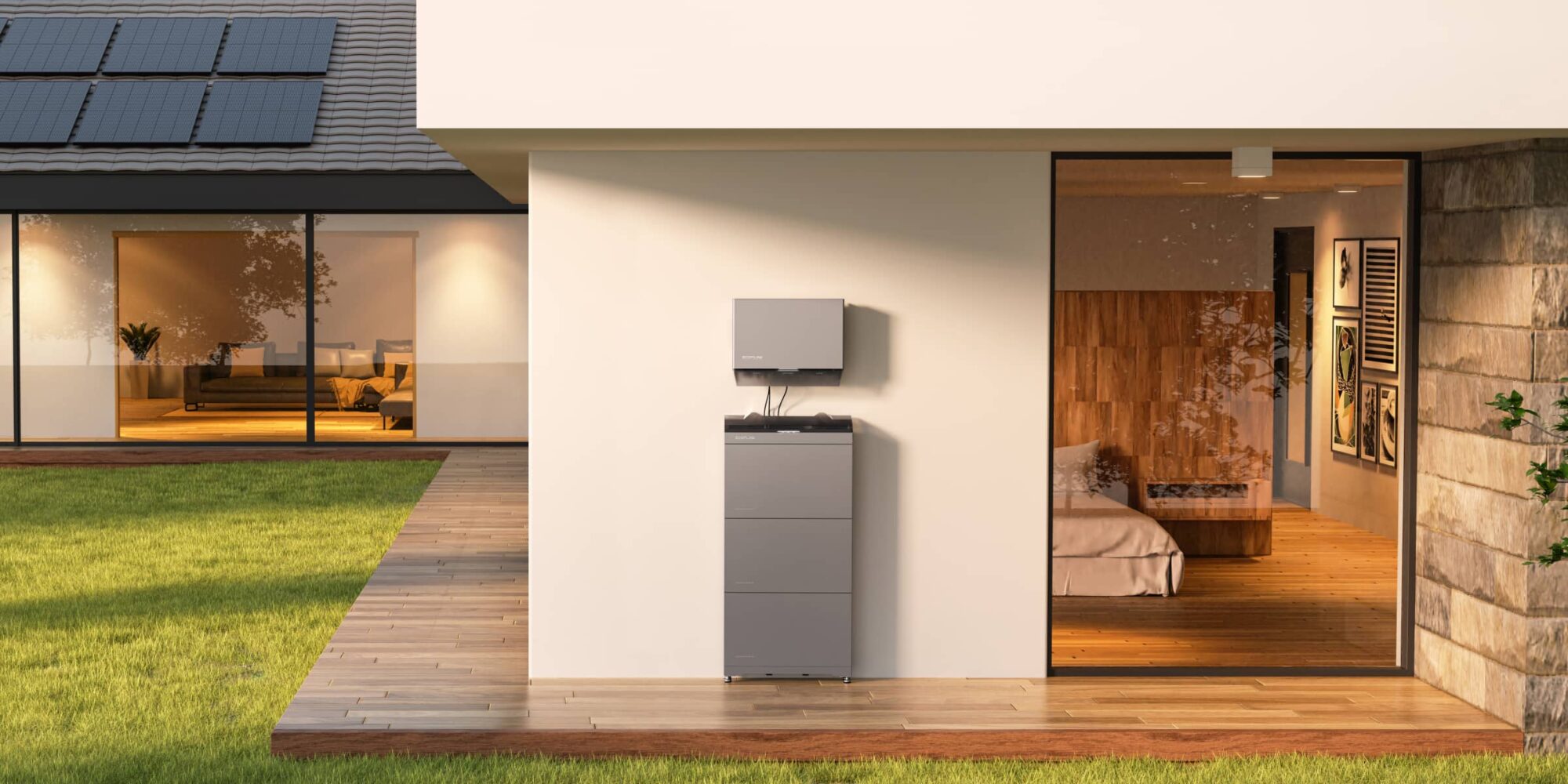
What are Energy Storage Systems (ESS) and How to Use Them in a Smart Home?
Energy Storage Systems (ESS), commonly known as home batteries, are becoming a key tool for optimizing home energy usage. These systems store electricity from solar panels or the grid, giving you the flexibility to use it when you need it most.
This article explores the components of residential home batteries and details how integrating their real-time data in a smart home allows you to intelligently manage energy consumption, storage, and grid interaction, maximizing efficiency and sustainability.
Contents
- What are Energy Storage Systems (ESS)?
What are ESS and what are they used for? - Key Components of Residential ESSs
What comprises an ESS and which components are relevant to a smart home? - When do ESSs Make Financial Sense?
When are home batteries economically justified? - Integrating ESSs into Your Smart Home
How to integrate ESS data into your smart home? - Intelligent Energy Management with an ESS
Discover how to intelligently manage stored energy with a HEMS like Homey
What Are Energy Storage Systems (ESS)?
An Energy Storage System (ESS), is a device that captures and saves electricity for future use. ESSs give your home the ability to bank energy from your solar panels or the power grid and use it on demand. The stored energy can power your home at night, during an outage, or whenever electricity rates are high.
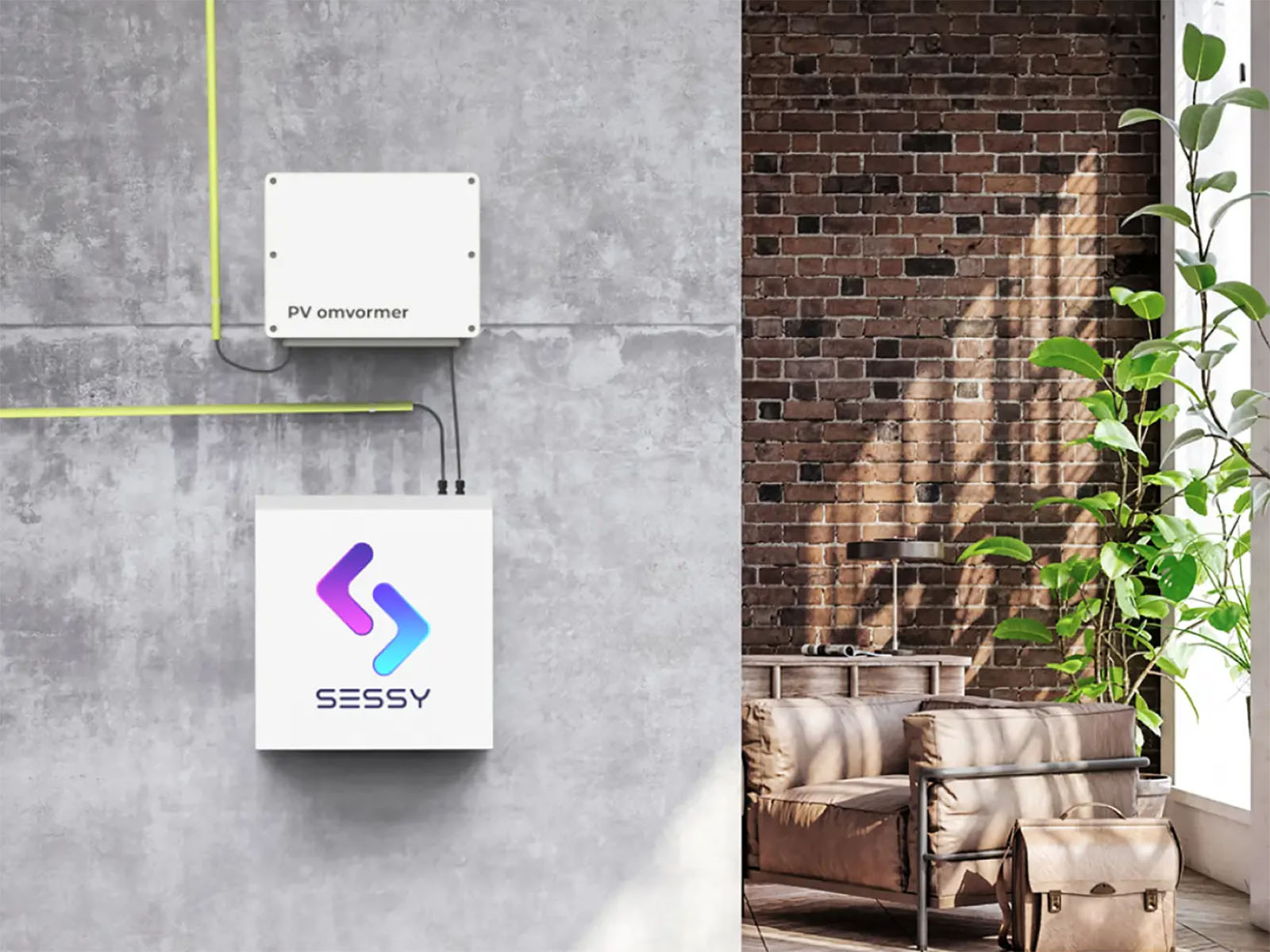
In a modern smart home, an ESS is much more than a simple battery. When you use an ESS with a HEMS like Homey, it becomes a tool for bypassing costly electricity rates, reducing grid reliance, preventing grid overloads, and efficiently storing and using clean energy.
Looking for the best home batteries for your smart home?
Check out our Energy Storage Systems Best Buy Guide.
Key Components of Residential ESSs
A home energy storage system is made up of several important components. Understanding each one helps you understand how the whole system works together in a modern smart home.
Battery Unit
At the heart of any ESS is the battery unit itself. This is where the system actually stores electrical energy, typically using advanced lithium-ion technology. Inside the battery, individual cells group together into modules and then into larger, extendable packs. The battery's capacity, measured in kilowatt-hours (kWh), determines how much energy it can hold and how long it can power your home. Since manufacturers build the battery for many charge and discharge cycles, it provides reliable energy storage for years.
Battery Management System (BMS)
The Battery Management System (BMS) is the brain of the battery unit. It constantly monitors the battery's health, including voltage, temperature, and current. Its main purpose is to keep the battery operating within safe limits, preventing problems like overcharging or over-discharging. This system protects the battery and helps it last longer.
Power Conversion System (PCS)
The Power Conversion System (PCS) turns stored energy into usable electricity. Batteries save power as direct current (DC) but your home and most appliances use alternating current (AC). The PCS's main role is to convert DC power from the battery into usable AC power. Most modern PCS units are hybrid inverters, managing the flow of power from solar panels and the power grid and acting as a central hub for your entire energy setup.
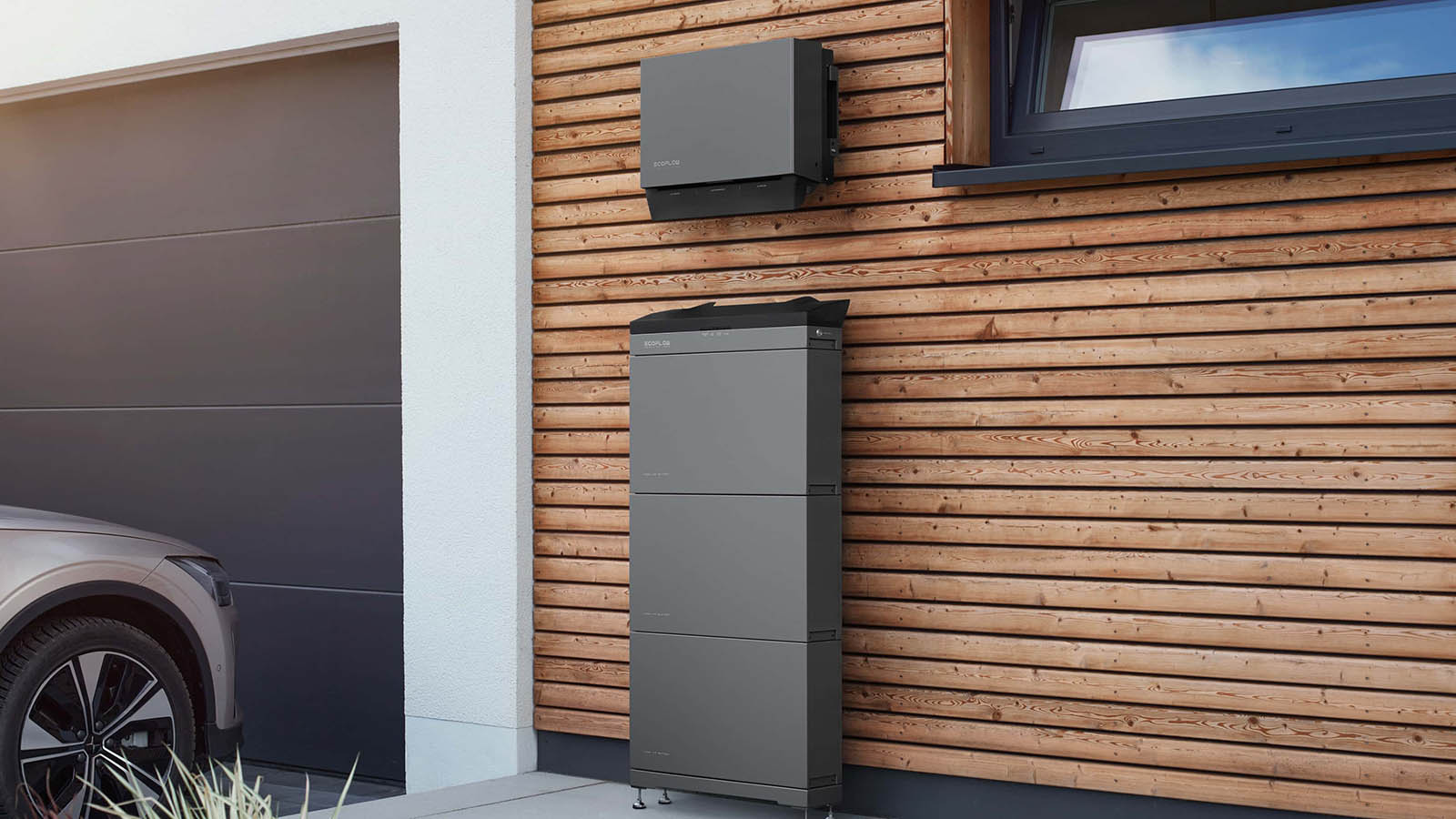
Energy Management System (EMS)
An Energy Management System (EMS) is the software that provides the smarts for your battery storage system. It gives you valuable insights into your battery's performance by showing how much energy is being stored, used, or sent to the grid in real-time. This data is essential for making smart decisions about your energy use. In a smart home, Homey can perform all functions (and beyond) typical of Home Energy Management Systems (HEMS).
Safety Features
Residential ESS units come with many built-in safety features. The batteries are enclosed in a durable casing with redundant safety mechanisms that protect against electrical faults. Furthermore, a thermal management system uses cooling and heating to keep the battery at a safe temperature. The entire system is also built with strong structural integrity to ensure it can withstand its environment and operate safely.
When Do Home Batteries Make Financial Sense?
Home batteries are a significant investment, so their value needs to be justified beyond simply keeping the lights on during an outage. The economic benefits of a home ESS are most apparent when you have solar panels or a dynamic tariff energy contract.
Storing Solar Energy
Solar panels and home batteries are an ideal combination for saving energy. Panels generate clean electricity from sunlight, but they only produce it during the day. A home battery allows you to bank all the excess energy you generate instead of sending it back to the grid for a low rate. This combo ensures you get the most value from your solar investment.
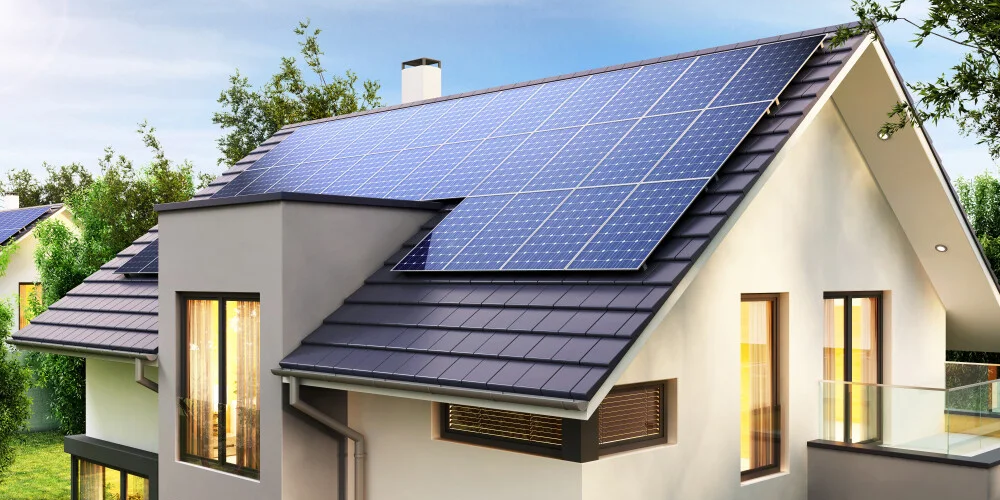
Using solar panels with an ESS is the key to maximizing your self-consumption. This means you use more of your own generated power and rely less on the grid. By storing your daytime solar power for evening and nighttime use, you can power your home around the clock with clean, self-generated electricity.
Leveraging Dynamic Tariffs
Dynamic tariffs, also known as time-of-use pricing, are energy plans where the cost of electricity changes throughout the day. Electricity is cheapest during off-peak hours, like late at night, and most expensive during peak hours, often in the late afternoon and evening. This pricing structure gives you a huge opportunity to save money with an ESS.
A smart home hub like Homey can fully automate this process. It can charge your battery during off-peak hours when electricity is cheap and direct it to your power-hungry devices like EV chargers during expensive peak hours. This simple strategy allows you to avoid the highest rates, using your battery to create significant savings on your electricity bill.
Gaining Grid Independence
While going completely off the grid is a big step, home batteries make a more practical form of semi-independence possible. This means you remain connected to the utility for security but rely on the grid far less for your day-to-day power needs. An ESS puts you in control of your energy instead of being dependent on a power company.
The financial benefits of this independence are clear. It provides security against power outages, protecting you from lost work and wasted food. It also allows you to avoid costly grid fees that some utilities charge for peak-time usage. By using your stored power during these moments, you can significantly reduce your grid reliance and save money.
Joining a Virtual Power Plant (VPP)
A Virtual Power Plant, or VPP, is a network of home batteries and other energy sources that are linked together by a utility company. This network is managed as a single large power source. When the electrical grid is under stress from high demand, the utility can pull small amounts of power from the batteries in the VPP to stabilize the grid.
As a homeowner, joining a VPP can turn your home battery into a source of income. You receive payments or credits in exchange for letting the utility use your stored energy. This allows you to earn a return on your investment while helping to keep your local power grid stable and reliable.
Integrating ESSs into Your Smart Home
For a home battery to be truly intelligent, your smart home needs direct access to its energy data. This integration is the first step toward any effective automation and energy optimization. It transforms a simple battery into a proactive and responsive part of your home's energy ecosystem.
Smart home hubs like Homey can connect to your ESS to pull real-time data on the battery's charge level and energy flow. You can monitor the system for faults, control charging modes, set minimum and maximum limits, and create advanced usage schedules. Your home battery becomes an integral part of your energy saving plan.
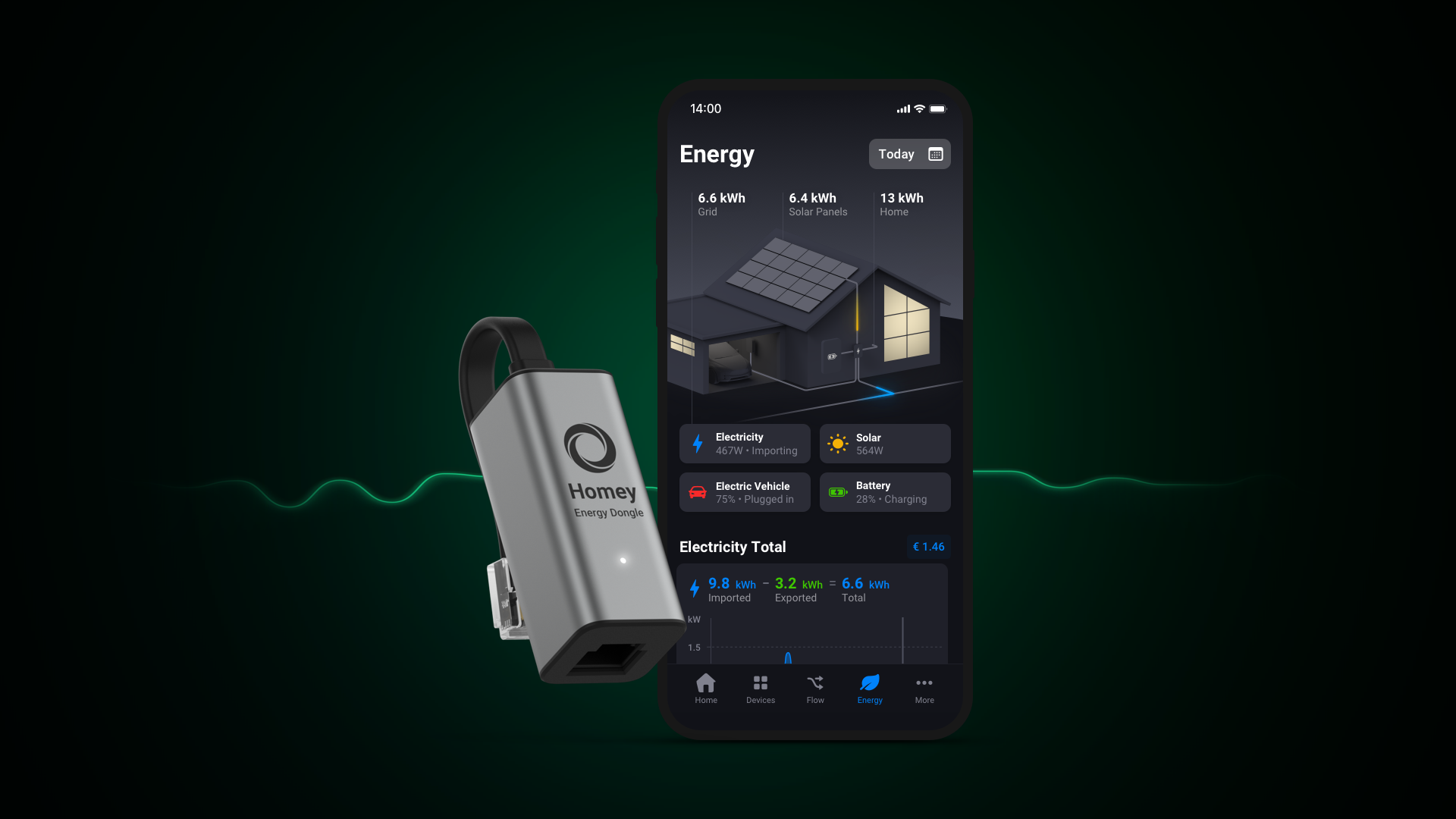
For even more powerful automations, you can combine your battery's data with whole home smart energy meters like the Homey Energy Dongle. For example, a Homey Flow could read your smart meter to see you are importing expensive grid power. It would then use the data from your ESS to automatically tell the battery to start discharging and power your home instead.
Intelligent Energy Management with an ESS
Once your Energy Storage System is integrated into your smart home, its true potential for intelligent energy management comes to life. This goes beyond simply storing power; it involves actively making decisions about when to use, store, or release energy, all based on real-time data and your household's needs. A HEMS like Homey can dynamically respond to your energy generation and consumption patterns.
Optimizing Self-Consumption
Optimizing self-consumption means using as much of your self-generated power as possible directly within your smart home. When your solar panels are producing more electricity than your home is currently using, an intelligent system will prioritize sending that surplus energy to your ESS for storage, rather than exporting it to the grid for a lower value.
For example, a Homey Flow could monitor your solar production and, if there's a surplus, automatically direct that power to charge your home battery. This strategy ensures that the clean energy you generate is saved for your own use, reducing how much electricity you need to buy later from the grid.
Dynamic Load Shifting
Dynamic load shifting involves automatically adjusting when energy-intensive appliances in your smart home operate. The goal is to run these devices when your home battery has ample power, or when grid electricity is cheapest, minimizing your reliance on expensive power during peak demand times.
For instance, a Homey Flow can monitor both your battery's charge level and current electricity prices. If your battery is full and grid prices are low, the Flow automatically starts your dishwasher or washing machine, ensuring these appliances use the most cost-effective power available.
Backup Power Prioritization
In the event of a power outage, intelligent energy management ensures your smart home can prioritize essential loads. Instead of simply powering everything until the battery runs out, the system keeps only critical appliances running for as long as possible.
This provides crucial peace of mind and extends your backup power duration. A Homey Flow can identify and only power your most important devices, such as refrigerators, medical equipment, or essential lighting, when the grid goes down.
Grid Interaction and Arbitrage
Intelligent energy management also allows your smart home to interact with the grid in a financially advantageous way. This often involves "energy arbitrage," where you buy electricity from the grid when prices are low, store it in your home battery, and then use or even sell it back to the grid when prices are high. Even when you do not have solar panels.
This strategy can turn your ESS into an active participant in the energy market. A Homey Flow could monitor real-time electricity prices and automatically instruct your battery to charge when rates are at their lowest point and discharge when rates are at their highest. This dynamic interaction helps you capitalize on price differences, further reducing your energy costs or even generating revenue.
Maximizing Your ESS Investment
The true power of an Energy Storage System comes from using it intelligently. By storing energy when it’s cheap and using it when it’s expensive, you gain significant control over your energy bills and your reliance on the grid. While a home battery is a serious investment, these benefits, combined with the peace of mind from having reliable backup power, make it a smart and economically viable choice for many homeowners.
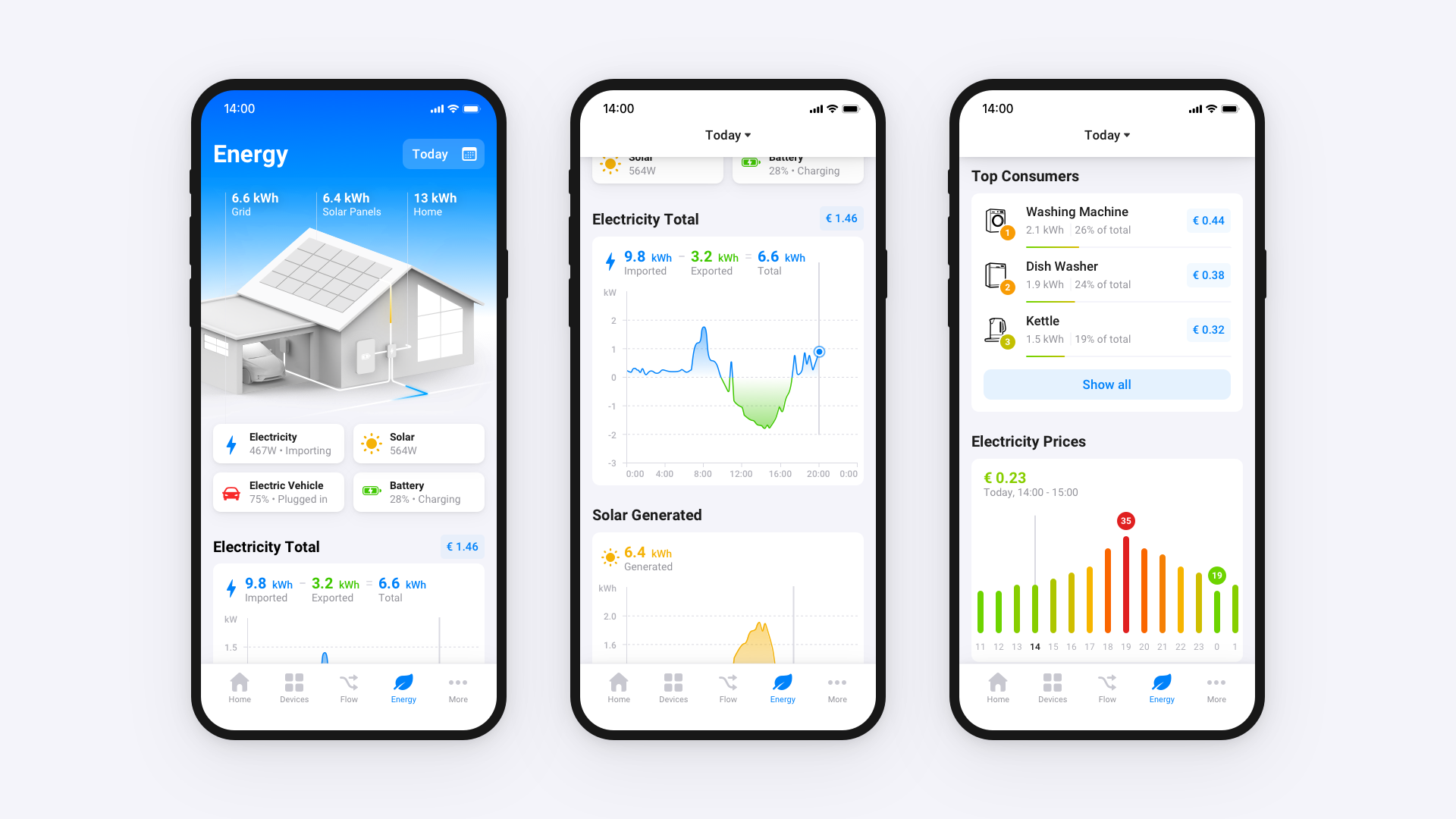
Homey Energy Tab
This is where a dedicated Home Energy Management System (HEMS) becomes indispensable. A smart home hub like Homey gives you a complete picture of your energy usage through its Energy Tab, centralizing all data from your home battery, solar panels, smart meters and even individual smart plugs. This clear overview lets you create advanced automations, or Flows, that actively manage your home battery, ensuring you always get the most value from your stored power.






